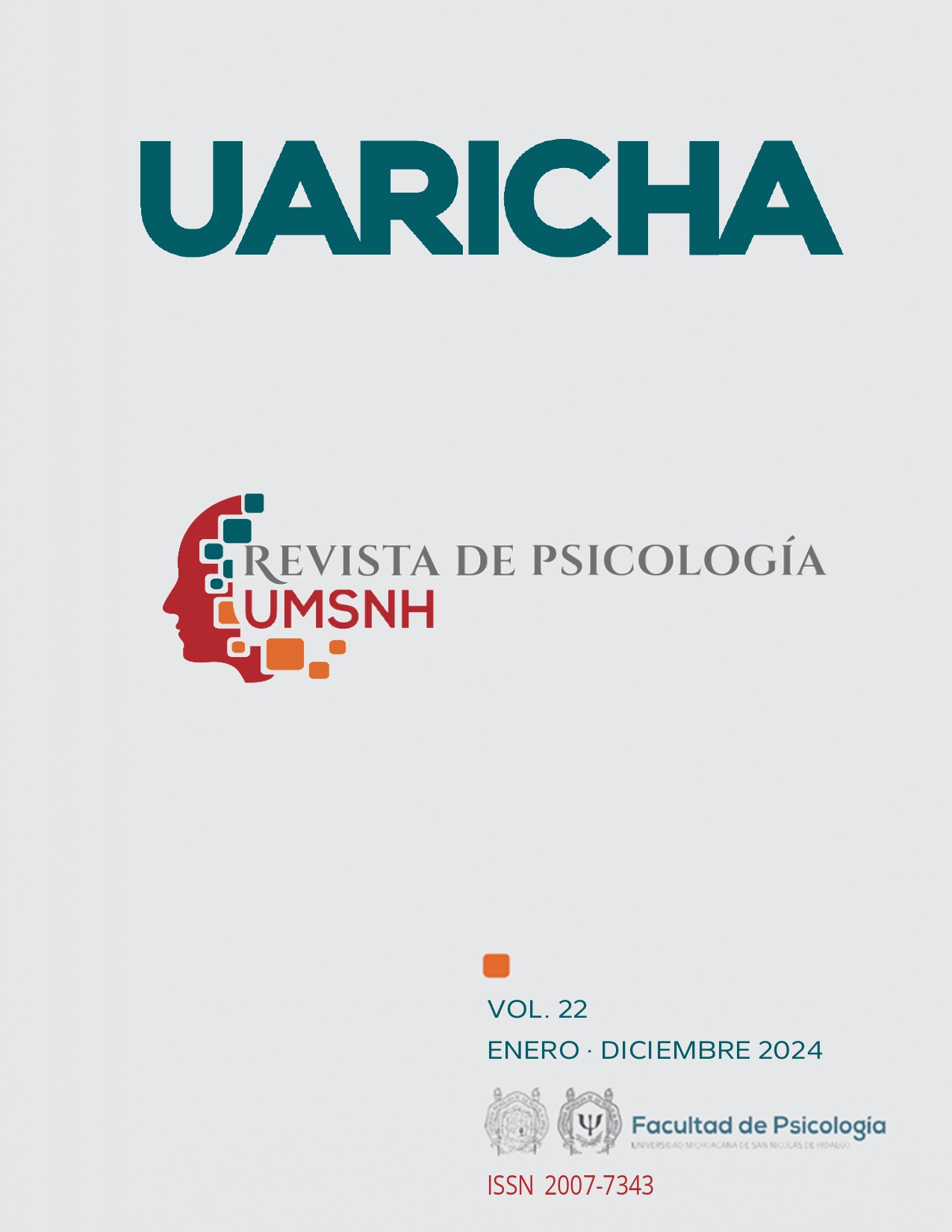Lo familiar en psicoanálisis. Prohibición del incesto y sucesión genealógica.
Contenido principal del artículo
Resumen
La existencia de la familia como forma social, ha sido rastreada desde las etapas más primitivas del hombre, en los albores mismos de la humanidad, su presencia ha permitido reglamentar tanto los parentescos como las relaciones con el afuera. La razón de su permanencia perenne, en apariencia ignorante al paso del tiempo, es un tema que ha despertado el interés de diversos campos, entre los cuales destacan la antropología y el psicoanálisis, ¿por qué la familia ha persistido a través de incontables generaciones? Para echar luz sobre esta cuestión es necesario interpelar no sólo su génesis sino también el encargo social que alberga en su seno. Para el psicoanálisis, la familia, a través de la puesta en regla de la problemática edípica, inscribe y delimita las nociones de lo permitido y de lo prohibido en el cachorro humano, elementos fundamentales para la construcción de la ley, la cual permite dar forma al mundo interno. La familia, al adherirse a los marcos jurídicos y sociales que rigen para occidente, alberga en su seno la ley más importante para la constitución psíquica, la interdicción del incesto, la cual exige renunciar a la familia de origen para que la vida subjetiva viva para la descendencia. Es precisamente en ese punto que cobra sentido su permanencia.
Detalles del artículo
Número
Sección

Esta obra está bajo una licencia internacional Creative Commons Atribución-NoComercial-SinDerivadas 4.0.
Los autores tienen el derecho de propiedad o copyright y ceden a Uaricha Revista de Psicología el derecho a publicar por primera vez el artículo, así como a divulgarlo y distribuirlo en los medios tecnológicamente disponibles y a través de repositorios.
Uaricha Revista de Psicología, es una publicación anual editada por la Facultad de Psicología de la Universidad Michoacana de San Nicolás de Hidalgo, Calle Francisco Villa No. 450, Col. Dr. Miguel Silva, Morelia, Michoacán, C. P. 58110. Teléfono (+52) 443 312 9909, ext. 149, www.revistauaricha.umich.mx, uaricha.publicaciones@umich.mx. Editora responsable: Dra. María Elena Rivera Heredia. Reserva de Derechos al Uso Exclusivo No. 04-2013-070413365500-203, e-ISSN: 2007-7343, otorgados por el Instituto Nacional del Derecho de Autor. Responsable de la última actualización de este Número, Centro de Cómputo de la Facultad de Psicología, Ing. Erick Vidar Alva Rangel.
Cómo citar
Referencias
Biblia de las Américas. (1997). Foundation Publications.
Código Penal Federal. (2020). https://mexico.justia.com/federales/codigos/codigo-penal-federal/gdoc/
Engels, F. (1884/2019). El origen de la familia. La propiedad privada y el estado. Colofón.
Freud, S. (2010a). Carta 69 (21 de setiembre de 1897) (L. Etcheverry, Trad.). En J. Strachey (Ed.), Sigmund Freud: Obras completas (Vol. 1, pp. 301-302). Amorrortu. (Trabajo original publicado en 1897).
Freud, S. (2010b). Las metamorfosis de la pubertad (L. Etcheverry, Trad.). En J. Strachey (Ed.), Sigmund Freud: Obras completas (Vol. 7, pp. 189-202). Amorrortu. (Trabajo original publicado en 1905).
Freud, S. (2010c). Introducción al narcisismo (L. Etcheverry, Trad.). En J. Strachey (Ed.), Sigmund Freud: Obras completas (Vol. 14, pp. 65-98). Amorrortu. (Trabajo original publicado en 1914c).
Freud, S. (2009). El malestar en la cultura (L. Etcheverry, Trad.). En J. Strachey (Ed.), Sigmund Freud: Obras completas (Vol. 21, pp. 57-140). Amorrortu. (Trabajo original publicado en 1930).
Freud, S. (2010d). Tótem y tabú. Algunas concordancias en la vida anímica de los salvajes y de los neuróticos (L. Etcheverry, Trad.). En J. Strachey (Ed.), Sigmund Freud: Obras completas (Vol. 13, pp. 1-164). Amorrortu. (Trabajo original publicado en 1913d).
Héritier, F. (1994). Del incesto. En F. Héritier, B. Cyrulnik, A. Naouri, D. Vrignaud, & M. Xanthakou. (Coords.). Presentación. (pp. 7-19). Nueva visión.
Julien, P. (2002). Dejarás a tu padre y a tu madre. Siglo XXI.
Lacan, J. (1938/2003). La familia. Argonauta.
Legendre, P. (1985/1996). Lecciones IV. El inestimable objeto de la transmisión. Siglo XXI.
Legendre, P. (1990). La filiation. Fondement généalogique de la psychanalyse. Fayard.
Lévi-Strauss, C. (1974/1991). Polémica sobre el origen y la universalidad de la familia. En C. Lévi-Strauss, M. Spiro, & K. Gough. (Comps.). La familia. (pp. 7-49). Anagrama.
Lévi-Strauss, C. (1983). Le regard éloigné. Plon.
Sierra, I. (2019). La mujer como objeto fetiche. Un caso de neurosis obsesiva. Revista Universitaria de Psicoanálisis, (19), 39-46. https://www.psi.uba.ar/investigaciones/revistas/psicoanalisis/trabajos_completos/revista19/sierra.pdf
Spiro, M. (1974/1991). Polémica sobre el origen y la universalidad de la familia. En C. Lévi-Strauss, M. Spiro, & K. Gough. (Comps.). ¿Es universal la familia? (pp. 50-73). Anagrama.

